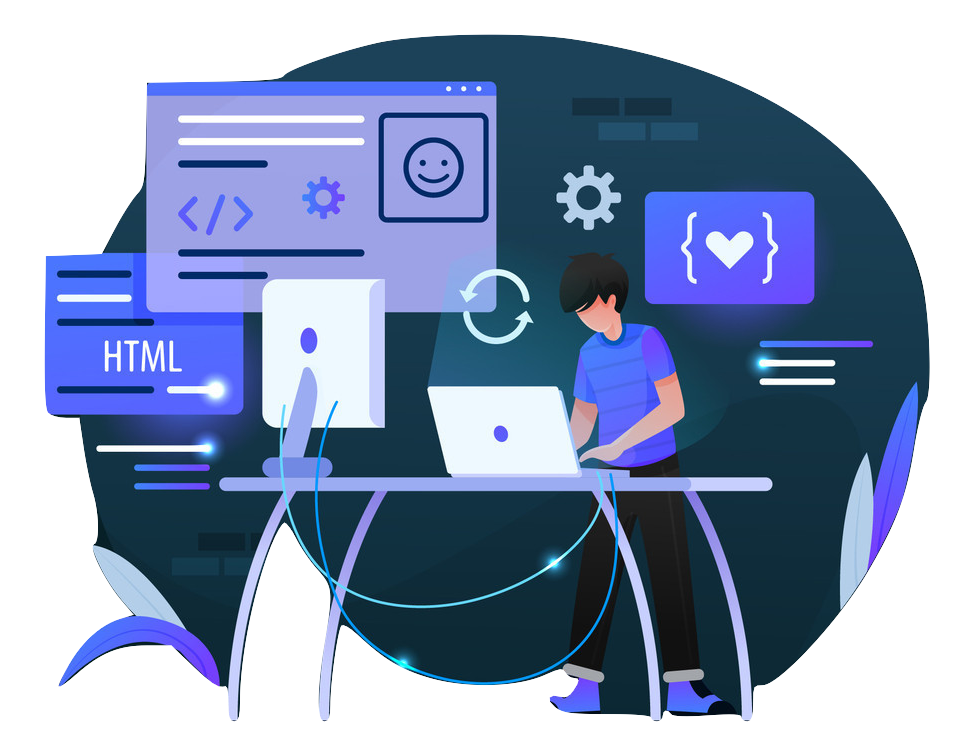Machiene Learning: how it applies to a CRM with a process management engine
In the last decade, Artificial Intelligence (AI) has become increasingly pervasive in the software systems that are used every day.
AI has had an impact in almost all fields: it has changed the way we interact with each other and with machines, and in the future it could change the way we live our lives. Andrew Ng, one of the brightest minds in technology, has defined AI as “the new electricity”.
If we think about it, this is exactly what happened two decades ago with Information Technology, which is now an integral part of our daily lives.
Most managers also know that AI has the power to almost completely change the way business is done. AI could contribute 15.7 trillion dollars to the global economy by 2030 (PwC, 2019): modern businesses therefore cannot afford to ignore it.
When we talk about AI, we also talk about Machine Learning (ML). Machine learning is the ability of algorithms to learn from experience.”ML is a subset of AI, which aims to create prediction and behavior models through a mathematical process based on learning.”

There are two types of ML:
- supervised: the system uses examples of expected inputs and outputs and must learn to predict the output from the input (for example the classification of images from examples provided);
- unsupervised: inputs are not provided and the model must independently create the categories and aggregate the results based on labels (Attico, 2018).
How to manage complexity
Machine Learning brings with it the need to manage a large amount of processes involving multiple data sources and requiring systematic management through technologies that are:
- Flexible: updates in models, AI algorithms and feature selection algorithms occur quickly, coherently and controllable in order to incorporate constant changes in regulations and technologies;
- Accessible: most of the features must be usable by domain experts but without the constant support of IT staff and in any case modifiable without writing any line of code;
- Affordable: there is no perfect AI algorithm at the “first shot” but rather algorithms that require a test phase from which the best model for each objective will emerge. Their licensing cost must therefore be low.
The risk for small and medium-sized enterprises (SMEs) is that of not having the necessary resources to implement a process management system based on AI algorithms.
Our goal is to provide SMEs with an entry-level tool for the constant integration of AI algorithms into their processes and that allows them to benefit from all the advantages deriving from it.
The AI approach of vtenext
In vtenext we strongly believe that the software has to adapt to the company and not vice versa: each company has its own way of managing and discovering the processes in use in order to automate them using the Machine Learning. All this is essential to ensure both the effectiveness of the technological solution and the application of “State-of-the-art” algorithms (SOTA).
Machine Learning modules are integrated and optimized in individual activities and interact directly with the native BPMN engine. Vtenext has always developed and supplied its tools following an Open Source logic that is known to contain costs, encourage the evolution of products and the community itself and to guarantee the adoption of “open” standards.
Vtenext actively collaborates with universities and start-ups in order to provide our customers with the best technology available on the market.
The vtenext Machine Learning framework in detail
Klondike is the framework created by vtenext for the integration of AI plugins via the CRM platform with a proprietary BPMN engine.
The Klondike extension adds the following AI modules to vtenext:
- Temporal Extraction Module (TE): transforms all the data collected by vtenext into a temporal database representation that is easy to manage for any type of analysis to be performed;
- Process Discovery Module (PD): allows the discovery of implicit processes related to various entities coming from the data produced by the TE module. Examples of implicit processes are practices consolidated in the company or linked to customer behavior. In the latter case, the implicit processes determine the exact moments when a decision should be made to guide the behavior towards a milestone (e.g. new purchase, license renewal and so on) or away from an unwanted event (e.g. abandonment);
- Classification Manager Module (CM): responsible for testing and evaluating a myriad of classification algorithms in order to find (if possible) the best method to support decisions. The user decides whether or not to apply the method in a non-supervised way, therefore without any human intervention for all future instances of the process, or supervised, thus maintaining the decision-making power;
- Forecast Module (FM): processes the data taken by the TE to see if certain pathways in the process can increase the probability of obtaining the desired result (or reduce that of the unwanted result). It is possible to activate warnings when this probability is too low (i.e., in the case of the desired outcomes) or too high (i.e., in the case of unwanted events).
The use of Machine Learning can certainly involve risks related to the obsolescence of the algorithms or models used. We at vtenext mitigate these risks by transforming them into opportunities for success and continuous improvement. Our platform natively allows the possibility of replacing the algorithms with the most recent and performing ones.

